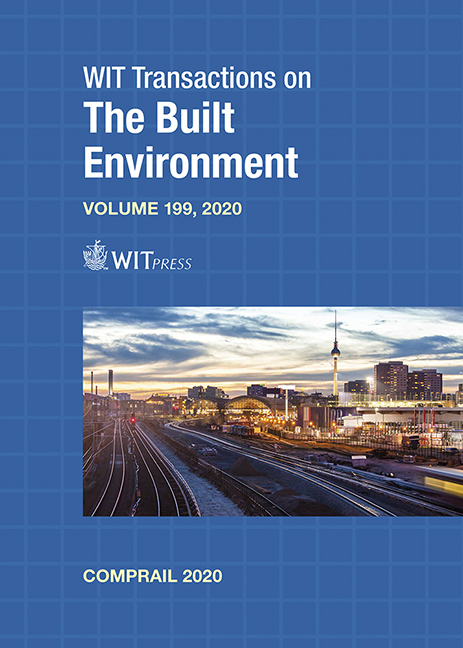MODERN RAILWAYS: CONNECTING TRAIN CONTROL SYSTEMS WITH MOBILE AND SATCOM TELECOM NETWORKS
Price
Free (open access)
Transaction
Volume
199
Pages
11
Page Range
393 - 403
Published
2020
Paper DOI
10.2495/CR200361
Copyright
WIT Press
Author(s)
FRANCESCO RISPOLI
Abstract
The growth of cellular and satellite telecom systems with the introduction of 5G and broadband mobile satellites are creating a global and pervasive telecom infrastructure offering connectivity services in any place in the world. Furthermore, 5G will provide millisecond latencies and network “slicing” capabilities that are ideal to realize bespoke virtual networks. A new generation of small satellites in low earth orbits are being launched promising a lower cost and a much higher throughput with latency below 100 m/s. The European Railways Train Management System (ERTMS) utilizes, since its conception in the early 1990s, GSM-R as the legacy telecom network linking trains with the Radio Block Center. This technology will have to be substituted as it approaches its end of life and cannot satisfy increasing demand of connectivity for new railway applications. UIC has defined the user needs of the Future Railway Mobile Communication System (FRMCS), one of the ERTMS game changers and the Shift2Rail – X2Rail-1 partners have agreed on adopting the ACS (Adaptable Communication System) as the architecture for the successor of the GSM-R. This paper addresses new railway needs with the goal of sharing cellular and satcom public telecom networks. An open multi-bearer system, coherent with ACS and FRMCS is evaluated as an alternative or complement to a dedicated network. A number of possible scenarios with different line lengths and operating trains demonstrate important cost reductions when bundling cellular and satellite bearers to achieve the QoS. Side benefits such as the possible reduction of new spectrum for the FRMCS applications, less emissions of CO2 and a faster time to operate are evaluated. Yet, the role of new high throughput satcom is underlined to satisfy the increasing demand of train connectivity and also to extend the coverage of the future 5G services in the railways ecosystem.
Keywords
ERTMS evolution, public telecom networks, satcom, 5G





